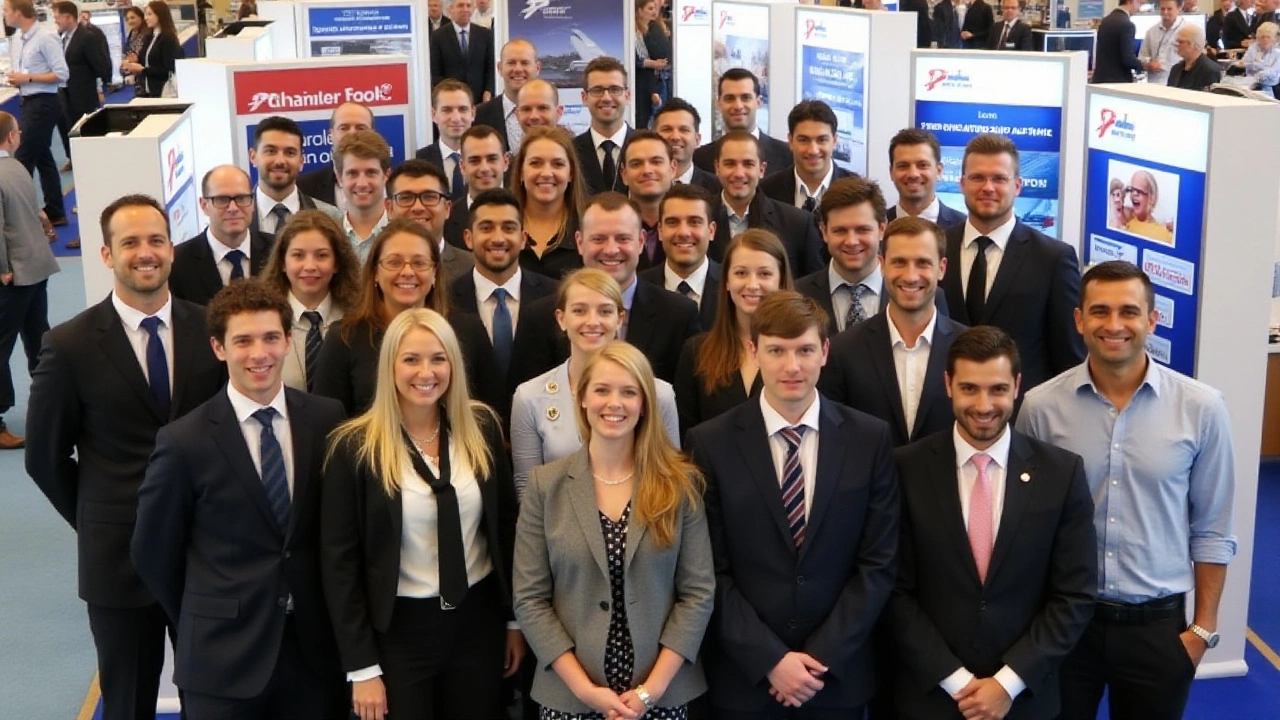Aviation Careers – How to Get Started and Grow
If you love planes, the sky isn’t the limit – it’s the start line. The aviation sector offers a mix of roles that let you work in the cockpit, keep aircraft safe on the ground, or manage the complex network behind every flight. Below we break down the most popular jobs, the steps you need to take and practical tips to move forward.
Top Jobs in Aviation
Pilot: The classic dream. You’ll need a private pilot licence (PPL), then a commercial pilot licence (CPL) and, for airlines, an airline transport licence (ATPL). Flight hours matter – most carriers look for 1,500+ hours before you’re considered for a line‑check.
Aircraft Maintenance Engineer (AME): These tech‑savvy pros inspect, repair and certify aircraft. A recognised aeronautical engineering diploma and an AME licence are required. Specialisations include avionics, engines and airframe.
Air Traffic Controller (ATC): Controllers keep planes separated in the sky and on the runway. You’ll attend an ATC training academy and pass a rigorous assessment. Strong communication and stress management skills are a must.
Crew Member (Cabin Crew): Flight attendants ensure safety and comfort. A high school diploma, good health and excellent people skills get you started. Airlines often provide short‑term safety training before you fly.
Aviation Management: From airport operations to airline scheduling, this path needs a business or logistics background. Many roles value a degree in aviation management or an MBA with a transport focus.
Steps to Start Your Aviation Career
1. Research the role you’re interested in. Look at job ads, salary guides and required licences. Sites like the CAA or EASA provide clear licensing roadmaps.
2. Get the right education. For pilots, enroll in an approved flight school. For engineers, choose a college with an accredited aeronautical programme. Many schools partner with airlines for apprenticeship slots.
3. Build flight or work hours. Start with local flying clubs, part‑time maintenance jobs, or ground‑handling gigs. Every hour on the tarmac adds up and makes you more attractive to employers.
4. Network. Attend air shows, join aviation forums and connect with professionals on LinkedIn. A referral can cut weeks off your job hunt.
5. Prepare for interviews. Know the regulations that govern your role – ICAO, FAA or local civil aviation rules. Practice scenario questions, especially for ATC and pilot positions where safety decisions are tested.
6. Stay current. The industry evolves fast with new aircraft types, digital tools and sustainability initiatives. Ongoing training and type‑rating upgrades keep your skills marketable.
Remember, there isn’t a single path to an aviation career. Some start as ground staff and work up, others earn a degree and go straight into a cadet programme. The key is to combine the right credentials with hands‑on experience and a genuine passion for flight.
Ready to take off? Write down the role that excites you most, map out the licences or qualifications you need, and start ticking off each step. The aviation world is always looking for fresh talent, and with the right plan you’ll be on the runway to success before you know it.

Glasgow Airport Job Fair Draws Thousands Amid Surge in Aviation Careers
Attracting over 2,400 eager job seekers, the Glasgow Airport Jobs Fair showcased a myriad of career opportunities within the aviation industry. Hosted at The Holiday Inn, the event featured more than 1,000 roles from 35 employers. Categories ranged from security to ground handling, with notable companies like FALCK, Swissport, and Jet2. The job fair exemplified Glasgow Airport's role as a major regional employer.
View more